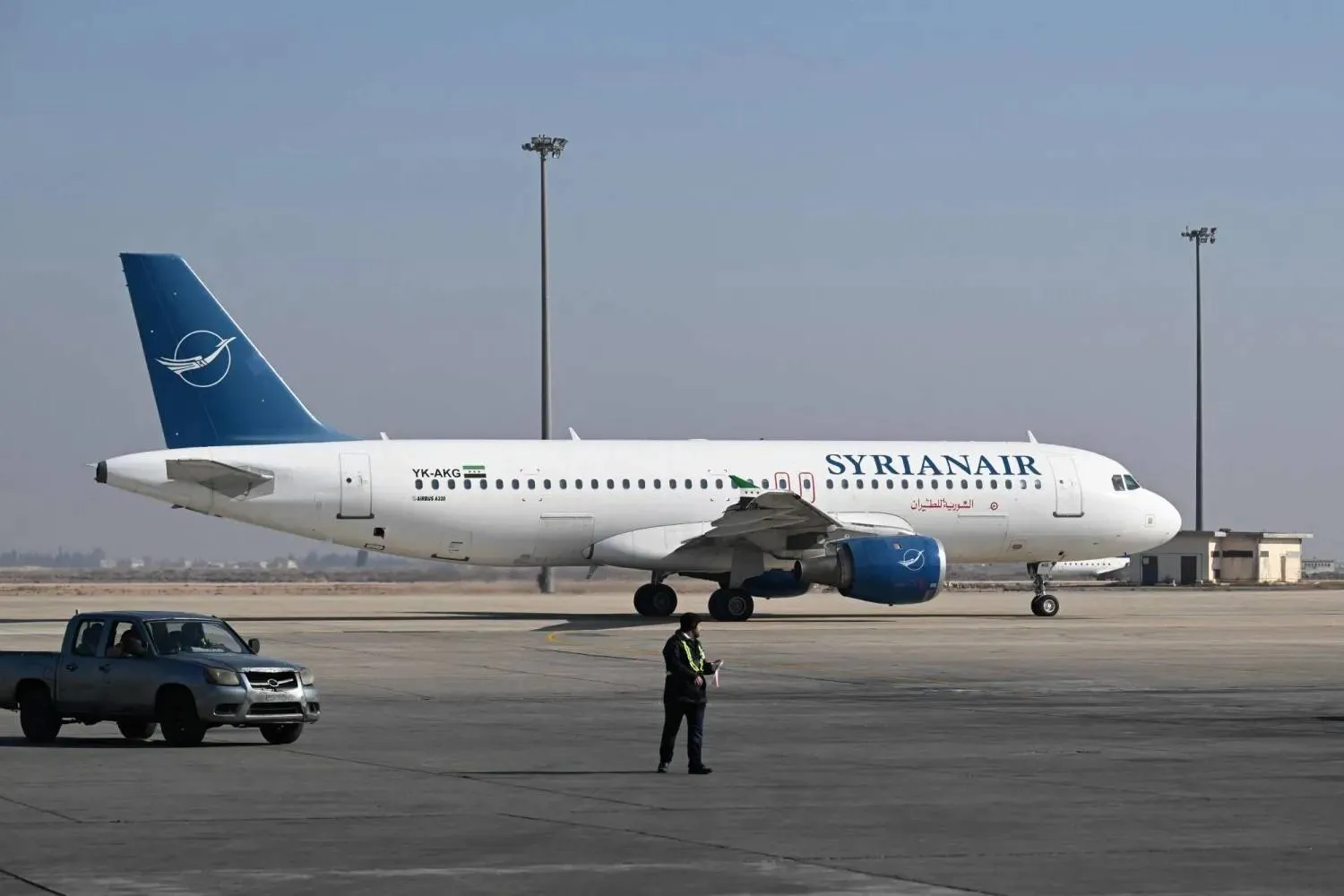Here are the main elements of a Gaza ceasefire deal that went into effect on Sunday after 15 months of conflict that has killed tens of thousands of Palestinians and inflamed the Middle East. The start of the ceasefire was delayed for almost three hours after Israeli Prime Minister Benjamin Netanyahu asked Hamas to provide a list of the hostages who were due to be released during the day. An Israeli official said later that Israel had received the list, Reuters reported.
Details of the agreement have not yet been publicly announced by the mediators, Israel or Hamas. Officials briefed on the deal provided the following elements:
* A six-week initial ceasefire phase includes the gradual withdrawal of Israeli forces from central Gaza and the return of displaced Palestinians to northern Gaza.
* The deal requires 600 truckloads of humanitarian aid to be allowed into Gaza every day of the ceasefire, 50 of them carrying fuel, with 300 of the trucks allocated to the north, where conditions for civilians are particularly difficult.
* Hamas will release 33 Israeli hostages, including all women (soldiers and civilians), children, and men over 50. Hamas will release female hostages and under 19s first, followed by men over 50. Three female hostages are expected to be released through the Red Cross on Sunday after 1400 GMT, the Israeli Prime Minister's office said.
* Israel will release 30 Palestinian detainees for every civilian hostage and 50 Palestinian detainees for every Israeli female soldier Hamas releases.
* Under the terms of the deal, Hamas will inform the International Committee of the Red Cross (ICRC) where the meeting point will be inside Gaza and the ICRC is expected to begin driving to that location to collect the hostages.
* Israel will release all Palestinian women and children under 19 detained since Oct. 7, 2023 by end of the first phase. The total number of Palestinians released will depend on hostages released, and could be between 990 and 1,650 Palestinian detainees including men, women and children.
* Hamas will release the hostages over a six-week period, with at least three hostages released each week and the remainder of the 33 before the end of the period. All living hostages will be released first, followed by remains of dead hostages.
* The implementation of the agreement will be guaranteed by Qatar, Egypt and the United States.
* Negotiations over a second phase of the agreement will begin by the 16th day of phase one and is expected to include the release of all remaining hostages, including Israeli male soldiers, a permanent ceasefire and the complete withdrawal of Israeli soldiers.
* A third phase is expected to include the return of all remaining dead bodies and the start of Gaza's reconstruction, supervised by Egypt, Qatar and the United Nations.
What are the Main Elements of the Gaza Ceasefire Deal?

A boy runs with a Palestinian flag atop a mound of rubble at a camp for people displaced by conflict in Bureij in the central Gaza Strip on January 17, 2025 following the announcement of a truce amid the ongoing war between Israel and Hamas. (Photo by Eyad BABA / AFP)

What are the Main Elements of the Gaza Ceasefire Deal?

A boy runs with a Palestinian flag atop a mound of rubble at a camp for people displaced by conflict in Bureij in the central Gaza Strip on January 17, 2025 following the announcement of a truce amid the ongoing war between Israel and Hamas. (Photo by Eyad BABA / AFP)
لم تشترك بعد
انشئ حساباً خاصاً بك لتحصل على أخبار مخصصة لك ولتتمتع بخاصية حفظ المقالات وتتلقى نشراتنا البريدية المتنوعة





